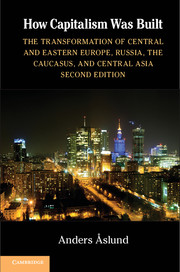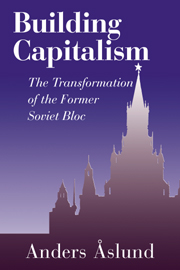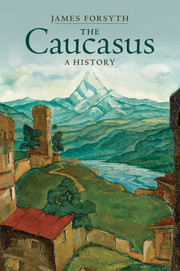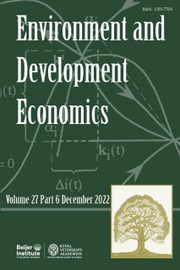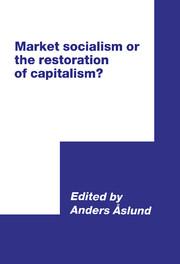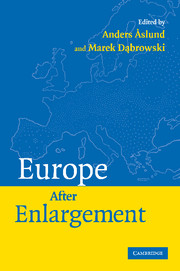How Capitalism Was Built
Anders Åslund is known to make bold predictions that initially arouse controversy but soon become common wisdom. In his book Gorbachev's Struggle for Economic Reform (1989), he foresaw the collapse of the Soviet political and economic system. When others saw little but chaos, he depicted the success of Russia's market transformation in How Russia Became a Market Economy (1995). After Russia's financial crisis of 1998, although most observers declared the market economic experiment a failure, Åslund foresaw market economic success (Building Capitalism, 2002). In How Capitalism Was Built, Second Edition, he asks – and answers in depth for the twenty-one countries he investigates:
• Why did communism collapse?
• Why did Russia not choose gradual reforms like China did?
• Wherein lies the relative success of postcommunist transformation?
• How did the oligarchs arise and decline vis-à-vis authoritarian leaders?
Anyone who wants to understand the often confusing postcommunist dramas and to obtain an early insight into the future will find this intellectually stimulating book useful. The second edition includes updates to each chapter as well as new chapters on the impact of the global financial crisis and the European Union on the region.
- This is the clearest overview of postcommunist transformation in all twenty-one Eurasian countries from 1989 to 2011
- Lucid view of the interplay between politics and economics after communism by one of the leading students in the region
- Balanced assessment of accomplishments and failures including impact of the financial crisis and the role of Putin
Reviews & endorsements
'How Capitalism Was Built is an impressive achievement. It deals with all the important aspects of one of the most important transformations in modern history. It is based on a massive empirical literature and - what's rare - on an author's firsthand knowledge of the transition countries. It should be read by everybody interested in modern history, politics, and economics.' Leszek Balcerowicz, College of Europe and Former Chairman, National Bank of Poland
'This book is a heroic attempt to cover the whole of transition from the former Soviet Union and Central, Eastern, and Southern Europe to the Baltics. Anders Åslund is able to cover this vast territory in a substantive way by grouping the transition experiences in a clear and logical manner. It is a timely publication.' Paul Gregory, University of Houston
'Anders Åslund has followed post-communist transitions from the outset, and he has got it right. Few economists have seriously studied the transformation of post-communist economies, or more poetically, how aquaria have been restored from fish soup. Åslund has. One of his main conclusions is that early, comprehensive, and radical market economic reforms worked best, and as he rightly points out, Estonia is the best proof that such policies work.' Toomas Hendrik Ilves, President of the Republic of Estonia
'Anders Åslund has repeatedly challenged conventional wisdom. He was right about Gorbachev's reforms, right about Yeltsin, and right about the more recent resurgence of Russia. Anyone who cares about the former Soviet Union, emerging markets, global energy security, and the progress of democracy ignores Åslund and this book at their own peril.' Simon Johnson, Massachusetts Institute of Technology
'For more than twenty years, Anders Åslund has been the most perceptive and knowledgeable chronicler of the creation of capitalism in Eastern Europe and the former Soviet Union. His excellent judgment and wisdom shine through every page of this volume.' Andrei Shleifer, Harvard University
'Anders Åslund is the world's keenest observer of what used to be called 'transition economies'. Everyone concerned with the historical lesson these economies provide or their future should read this important book.' Lawrence Summers, Former US Secretary of the Treasury and Former President, Harvard University
Product details
November 2012Paperback
9781107628182
440 pages
229 × 152 × 30 mm
0.57kg
45 b/w illus. 7 tables
Available
Table of Contents
- Introduction: a world transformed
- 1. Communism and its demise
- 2. Radical reform versus gradualism
- 3. Output: from slump to recovery and boom
- 4. Liberalization: the creation of a market economy
- 5. From hyperinflation to financial stability
- 6. Privatization: the establishment of private property rights
- 7. The social system
- 8. The politics of transition
- 9. From crime toward law
- 10. The importance of the European Union
- 11. The global financial crisis, 2007–12
- Conclusions: a world transformed.

